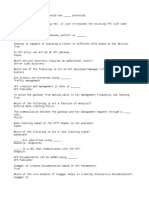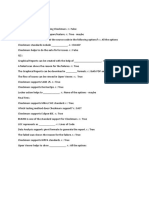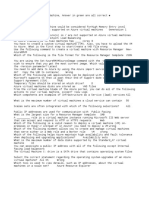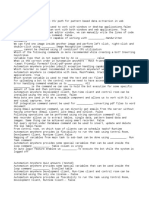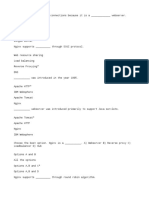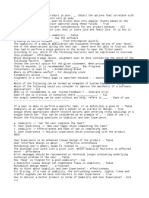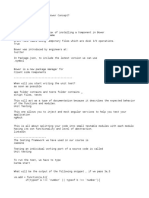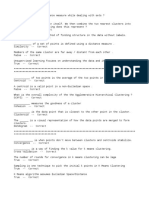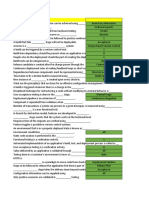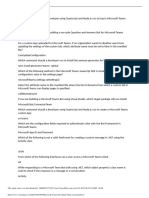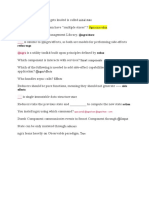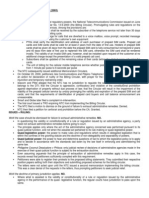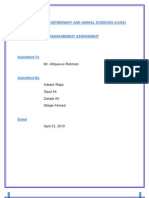0% found this document useful (0 votes)
3K views13 pagesContainers
This document provides an overview of various Azure container services including Azure Kubernetes Service, Azure App Services, Azure Container Instances, Azure Batch Services, Azure Service Fabric, and Azure Container Registry. It describes what containers are and the advantages they provide. It also summarizes each Azure service and how they can be used to deploy and manage containerized applications on Azure. Videos are included that demonstrate how to create resources like AKS clusters, web apps, and container instances.
Uploaded by
Parminder Singh KaileyCopyright
© © All Rights Reserved
We take content rights seriously. If you suspect this is your content, claim it here.
Available Formats
Download as TXT, PDF, TXT or read online on Scribd
0% found this document useful (0 votes)
3K views13 pagesContainers
This document provides an overview of various Azure container services including Azure Kubernetes Service, Azure App Services, Azure Container Instances, Azure Batch Services, Azure Service Fabric, and Azure Container Registry. It describes what containers are and the advantages they provide. It also summarizes each Azure service and how they can be used to deploy and manage containerized applications on Azure. Videos are included that demonstrate how to create resources like AKS clusters, web apps, and container instances.
Uploaded by
Parminder Singh KaileyCopyright
© © All Rights Reserved
We take content rights seriously. If you suspect this is your content, claim it here.
Available Formats
Download as TXT, PDF, TXT or read online on Scribd
/ 13

















